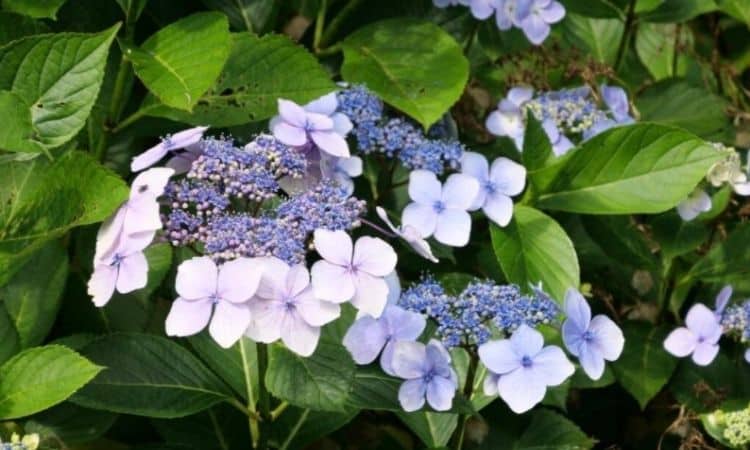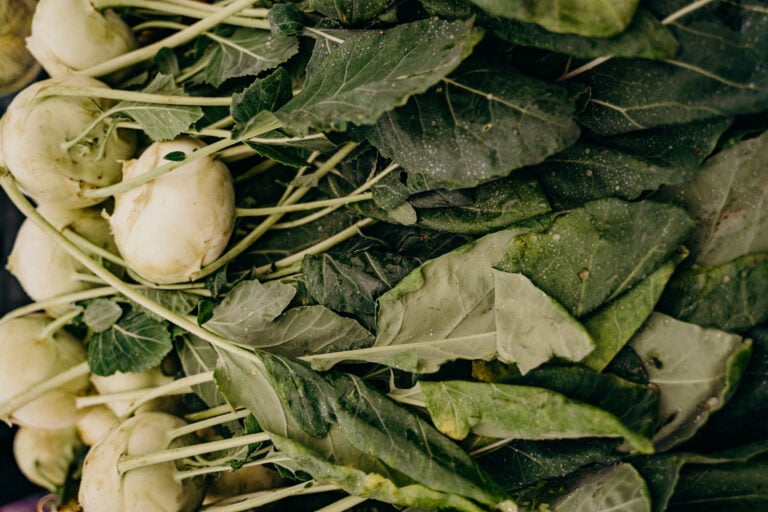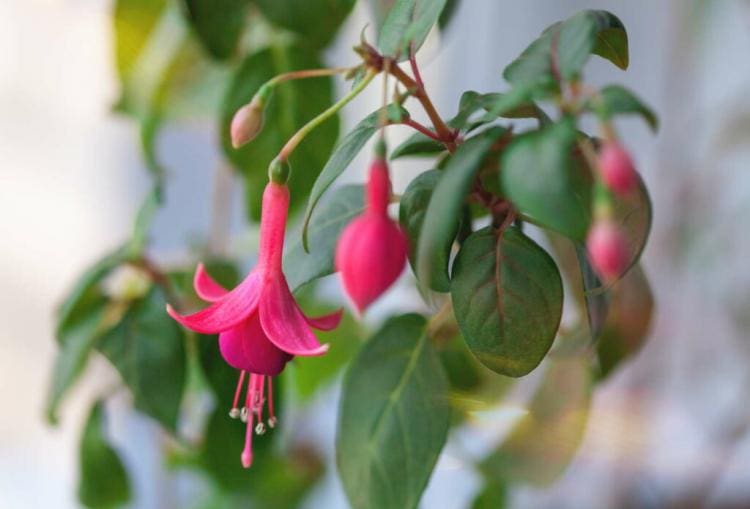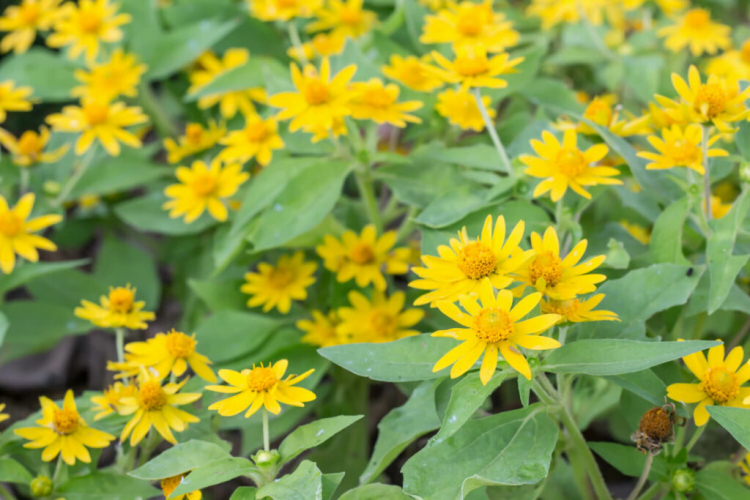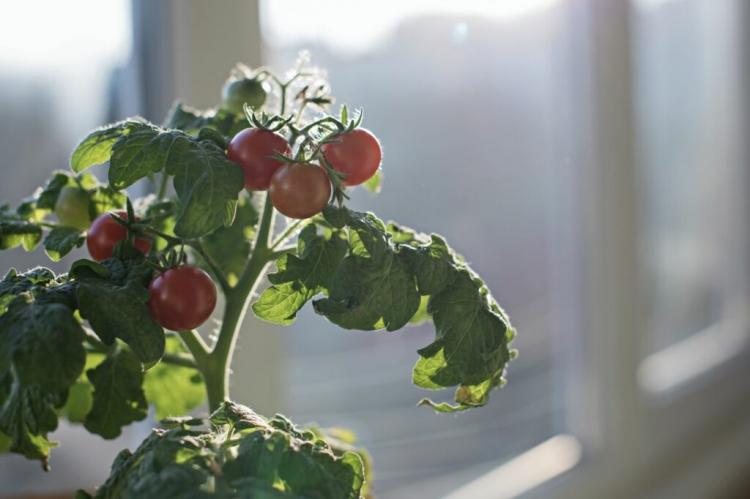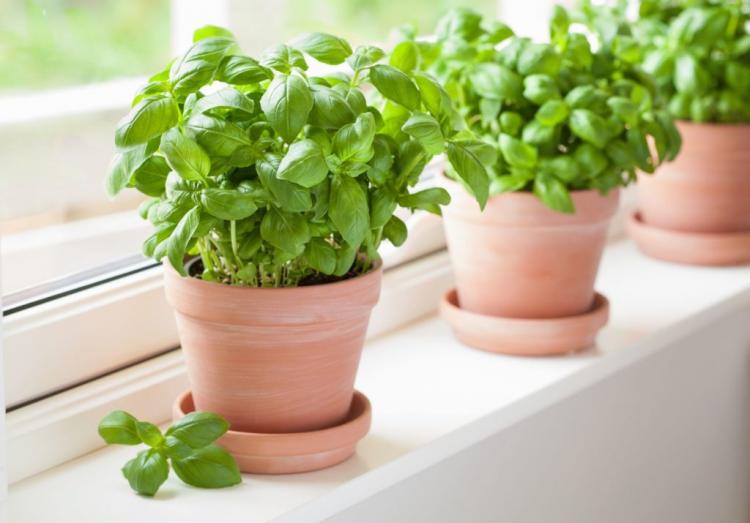Hydrangea Serrata (Mountain Hydrangea): Everything To Plant, Care And Cut
Hydrangea Serrata (also called Mountain Hydrangea, Tea Of Heaven) attracts attention with its umbrella-like flowers. We tell you what you should keep in mind when planting and caring for it and give precise instructions for cutting the plate hydrangea.
In addition to the lush Hydrangea Serrata, the plate hydrangea appears somewhat wilder and more pristine. Unlike some of its relatives, whose inflorescences consist only of pseudo-florets, Hydrangea Serrata also has numerous fertile flowers and is, therefore, a valuable source of food for insects in summer.
Hydrangea Serrata: Flowering Time, Characteristics, And Origin
Table of Contents
The Hydrangea Serrata is also known as sawn hydrangea, Japanese mountain hydrangea, or umbrella hydrangea, and originates from the mountain forests of Japan. It grows as a spreading half-shrub and reaches a height of up to 1.5 meters. In the flowering period from July to October, the umbrella-shaped flowers open gradually.
In the middle are the rather inconspicuous fertile flowers, which are surrounded by a wreath of false flowers. These are composed of four to five oval petals. The approximately 10 cm large umbrella panicles shine in white, pink, purple, blue, or in several colors, depending on the variety. Besides the variety, the pH value of the soil also influences the color of the flowers.
On alkaline or neutral soils, the flowers appear in pink, on acidic soils they have a blue coloration. The opposite leaves of the Hydrangea Serrata are bright green and pointed.
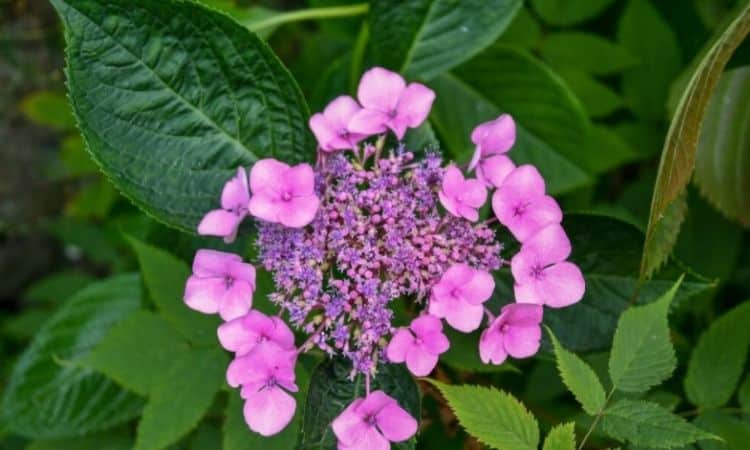
Mountain Hydrangea Varieties
The Mountain Hydrangea variety ′Bluebird′ is particularly well-known and popular. This is a small growing variety. It has purple inner flowers with blue stamens. The outer blooms are lightly purple to blue in color. Since the coloration of the flowers depends on the pH value of the soil, it can vary slightly depending on the location. To get the blue color, you can read about how to color hydrangeas blue in our matching article.
Besides the Hydrangea Serrata varieties, there is also a great variety of hybrids of Hydrangea Serrata and Hydrangea macrophylla. Although these bear the species name Hydrangea macrophylla, they are very similar to Hydrangea Serrata and are also called plate hydrangeas. To this group belong among others the Hydrangea Serrata ′Lanarth White′ and Endless Summer ′Twist-n-Shout′.
The Mountain Hydrangea ′Lanarth White′ is very well suited as a potted plant due to its low growth height and width of 90 to 120 cm each. Its plate-shaped inflorescences consist of white marginal flowers and, depending on the soil pH, pink or blue inner flowers. The variety Endless Summer ′Twist-n-Shout′ in the color pink impresses with its fantastic pink inflorescences, which contrast wonderfully with the dark green leaves.
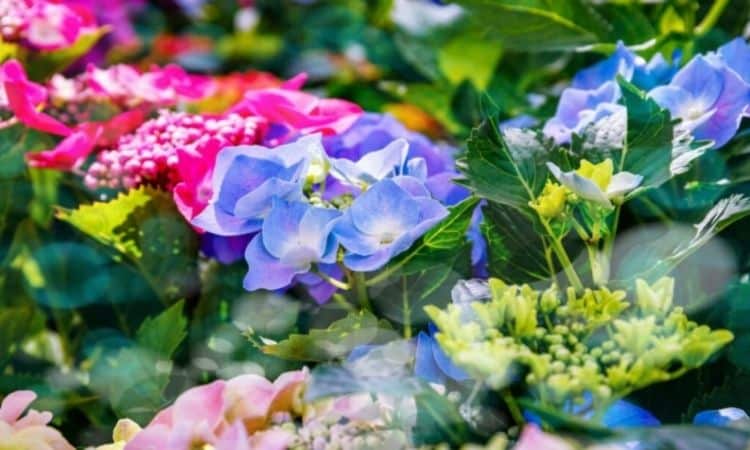
Other hardy Hydrangea Serrata varieties are Hydrangea macrophylla ′Libelle′ and ′Fasan′. The flower panicles of the variety ′Libelle′ appear particularly noble. Their pink inner flowers are surrounded by pure white outer flowers. The flowers of the variety ′Fasan′ appear in strong purple.
If you cannot decide on a color or are looking for something unusual, you might enjoy a multicolored Mountain Hydrangea variety such as Hydrangea Serrata ′Cotton Candy′, whose mock flowers are pink and have small creamy white leaves in the center. With an acidic soil pH, the pink can also change from a delicate shade of violet to blue.
Plate Horticulture Plants: Location And Time
Like the closely related farmer hydrangeas, plate hydrangeas feel most comfortable in a half-shaded, wind-protected location in the garden or on the balcony. In principle, hortensias can be planted all year round, but the ideal time is between March and June. Umbrella hydrangeas prefer a hummus- and nutrient-rich garden soil with a neutral to slightly acidic pH value (5.5 to 6).
Sandy, low-nutrient garden soils should be mixed with high-quality potting soil or with some compost before planting. However, if the substrate has a low permeability, sand should be added: Very clayey soils benefit from the addition of a third of sand to the planting hole and can also be improved with potting soil or compost.
Video: How to grow Hydrangea Serrata
Carefully loosen the planting ball of the plate horticultural sieve from the plant container and then loosen it slightly. This stimulates root growth. Then place the planting ball in a sufficiently large planting hole or the prepared planting container and fill it with the substrate. Press firmly and water generously.
A regular and sufficient water supply to newly planted Hydrangea Serrata is essential, especially if high temperatures occur frequently in early summer.
In addition, a mulch layer of leaf or bark mulch can be laid around the hydrangeas to keep the moisture in the soil longer. To use the water even more efficiently, a circular watering rim can be formed around the hortensia plants from leftover garden soil, which prevents the water from running off above ground to the sides.
Tip: When planting, acidic primary rock flour from basalt or grape marc can also be added to the planting soil in the planting hole or tub. In this way, bluish flowers can be produced directly for varieties with the appropriate predisposition or an iron deficiency of the hydrangea can be prevented. By the way, the pH value of the potting soil can be influenced much more easily in the tub than in the bed.
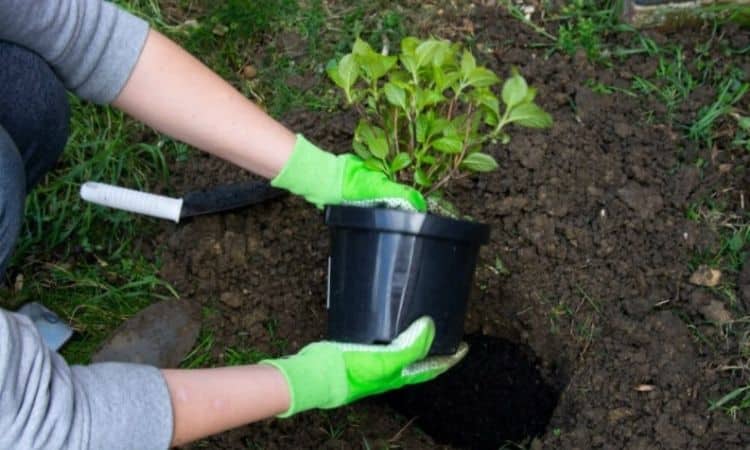
If you would like to plant the plate hydrangea in a pot on the terrace or balcony, our peat-free organic potting soil, for example, is an excellent substrate. In addition to the right soil, the choice of a suitable pot is also important.
It should be large enough and the bottom of the pot must have a drainage hole so that excess water can run off without any problems and no waterlogging can occur. Glazed pots or plastic containers are better suited for this purpose than open-pored clay pots, as they do not lose water as quickly.
Care Of The Plate Horticulture
Plate hydrangeas, like all hydrangea species, have an extremely high water requirement and must be watered regularly in summer, and on hot days possibly even twice a day. Particularly with pot hortensias, care must be taken to ensure that the substrate does not dry out due to the smaller volume of soil.
Umbrella hortensias are sometimes sensitive to lime. Therefore it is best to use rainwater for watering. This will not only do your hydrangea good but also save valuable drinking water. If you do not have a rain barrel, lime-poor tap water, or water that has been acidified with a small amount of peat is also suitable.
To make the best possible use of the water, in addition to the above-mentioned water-saving measures (mulch layer and watering rim), it is best to water in the morning or evening when the sunlight and thus evaporation are low.
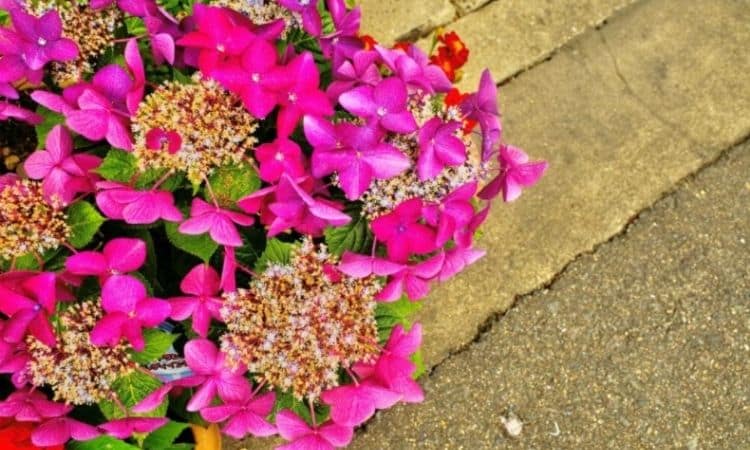
Cut Hydrangea Serrata: This Is How You Proceed When Cutting Back
Hydrangea Serrata is rarely cut. In spring the dead inflorescences are removed just above the new buds and frozen or dried parts of the plant are removed from the shrub manually or with scissors. If the Mountain Hydrangea becomes too bulky and bushy, it can be thinned out somewhat by completely removing some shoots at the base.
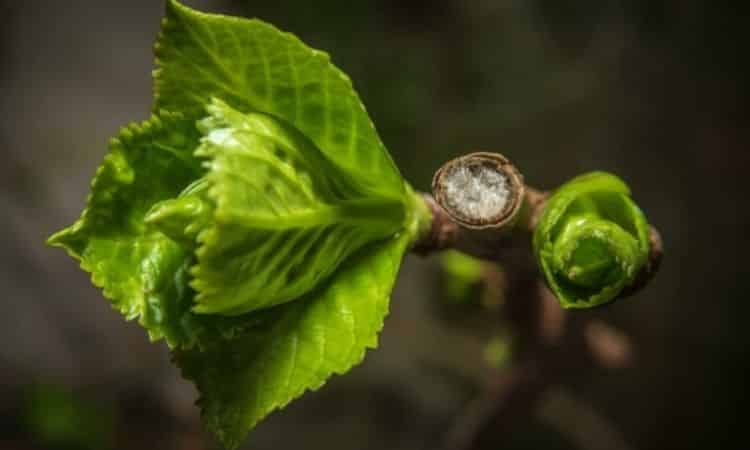
Fertilize Mountain Hydrangea
Separate fertilization is not necessarily necessary for Hydrangea Serrata in the flower bed if the garden soil is good and occasionally supplied with compost. However, annual fertilization is advisable for potted hortensias to replenish the nutrient supply in the limited pot volume.
Organic hydrangea fertilizer with three-month long-term fertilization is ideal for this purpose. It supplies the soil with an extra amount of iron and can thus prevent typical deficiency symptoms and diseases. The right time to fertilize your hortensia is spring. Spring fertilization gives the Hydrangea Serrata a good start in the vegetation period.
If necessary, further fertilization can be applied in summer, as you can read in our article on fertilizing hydrangeas. In late summer and autumn or even winter, the hydrangea should not be fertilized, as otherwise there might be increased frost damage.
Tip: A mulch layer, which keeps the moisture in the soil longer, improves the effectiveness of the hydrangea fertilizer. But be careful: Hydrangeas have very shallow roots. Therefore, you should not work the fertilizer under the hydrangeas, as this could damage the roots.
Hydrangea Serrata Winter
Hydrangea Serrata is hardy in our latitudes. Well-hardened plants from specialized trade are robust and usually do not require winter protection in the flower bed. However, it is not unusual that individual shoots die and have to be removed every year. In rough locations, the flat roots can be protected from frost by a layer of leaves or fir branches for safety.
Hydrangea Serrata growing in a tub should be wintered in a protected place, for example, a corner of a house, and possibly under a roof. In case of prolonged low temperatures, a garden fleece or jute bag can be placed around the plants to protect them from frost damage.
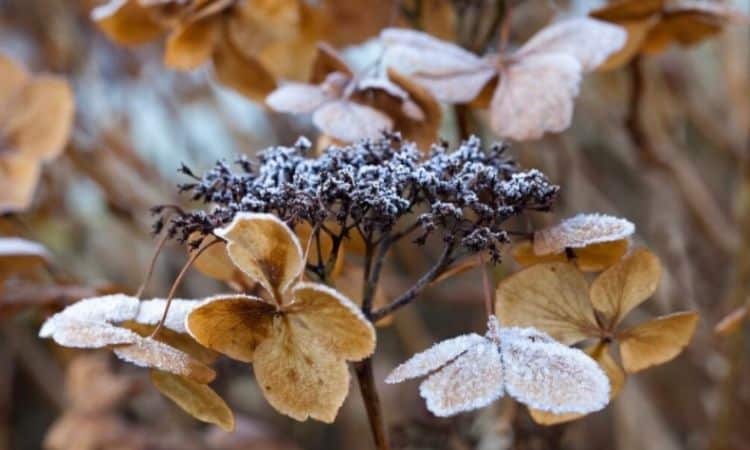
Propagate Hydrangea Serrata
Hydrangea Serrata can be propagated like the related garden hydrangeas and other hydrangea species via cuttings. These are cut between June and July. From the rods, 10 to 15 cm long, weakly woody, and vital shoot tips without flower buds are cut off. Afterward, all leaves except the upper pair of leaves are carefully removed and the cuttings are then placed 2 to 3 cm deep into growing containers filled with substrate.
A suitable substrate is peat-free sowing soil. With a little sand or perlite, the substrate permeability is increased and improved rooting is achieved. The substrate in the growing containers must be kept continuously moist. Humidification is best achieved with a spray bottle.
In a bright place without direct sunlight and at a temperature as constant as possible of about 15 °C, the cuttings take root and grow into new hydrangea seedlings. If you are also interested in other hydrangea species, you can read on in our special article about panicle hydrangeas and get to know interesting varieties of this species.
